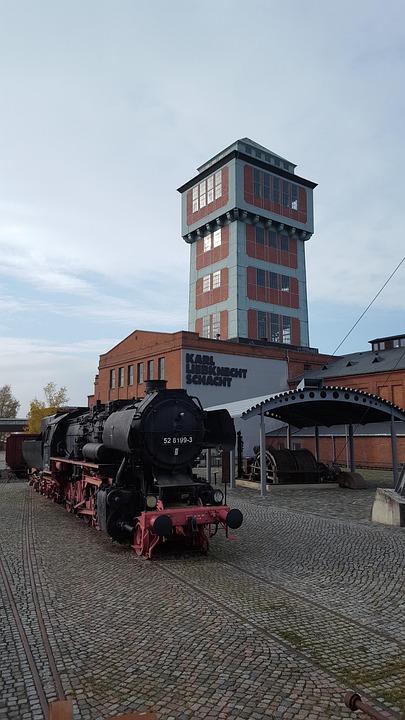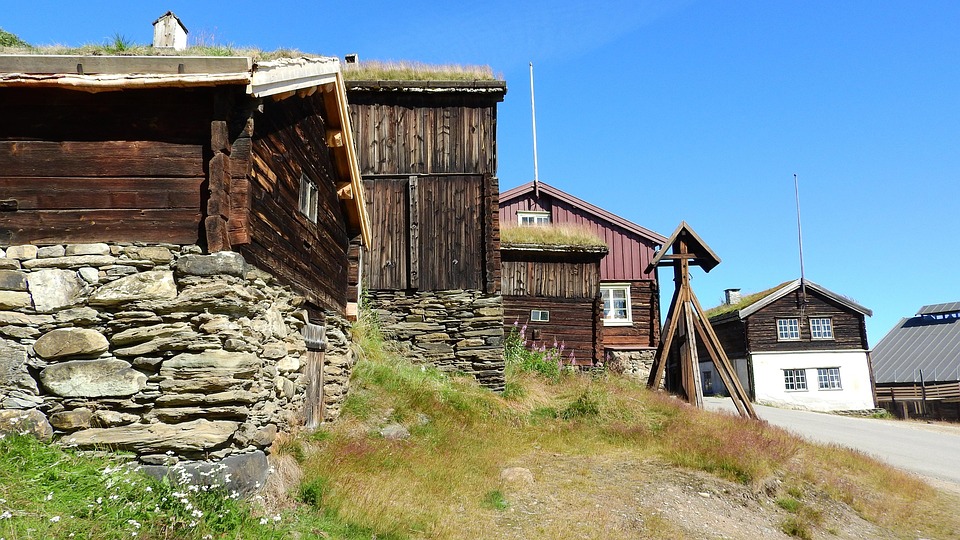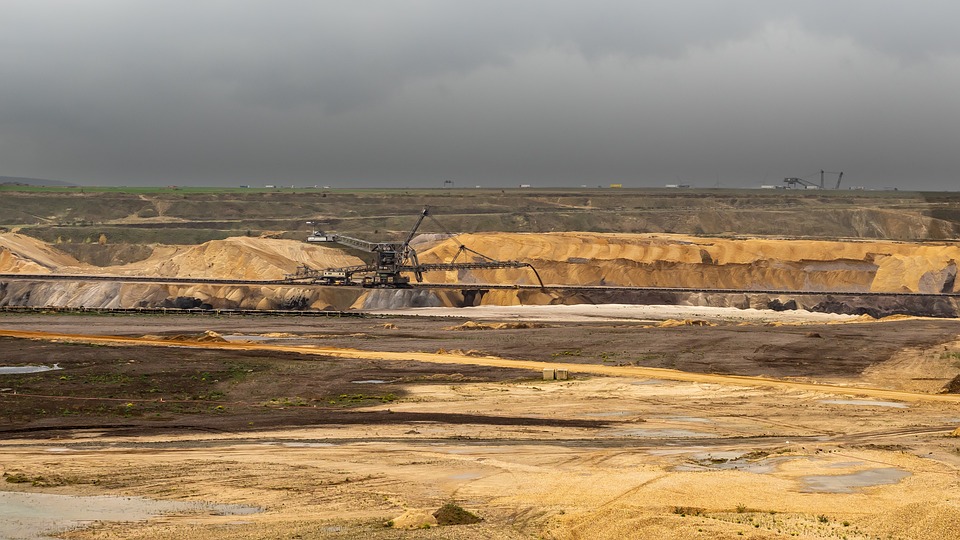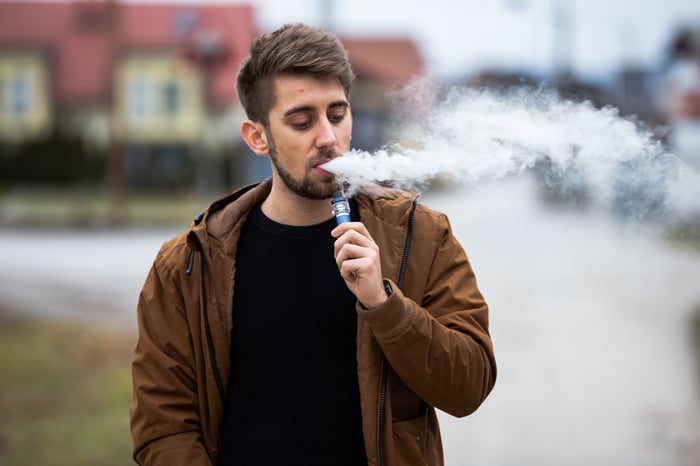Since the late 1800s, Tennessee’s Copper Basin mining district has been a site of extensive environmental degradation caused by mining, processing, and chemical manufacturing operations. Over the years, tens of millions of cubic yards of soil and waste were eroded and transported to the Ocoee River, leading to a barren landscape devoid of vegetation and teeming with acidic soils. The legacy of pollution and ecological destruction left by the Tennessee Copper Company’s mining activities shaped a desolate and toxic wasteland that tarnished the pristine natural beauty of the region.
The environmental and health risks associated with toxic waste dumps such as Love Canal and Valley of the Drums in the 1970s prompted the US Congress to establish the Comprehensive Environmental Response, Compensation and Liability Act (CERCLA) in 1980. This legislation, now commonly referred to as Superfund, aimed to address and remediate hazardous waste sites across the country. The Copper Basin Mining District was designated as an EPA Superfund site, emblematic of the grave environmental challenges it posed.
Superfund Rebirth
Copperhill Industries, the current owner of the site, has embarked on a journey of renewal and restoration in collaboration with land reclamation company Denali. The goal is to transform the once-barren Copper Basin into a thriving ecosystem with lush vegetation and pristine waterways.
Glenn Dowling, Denali’s southeast operations manager, vividly described the environmental catastrophe that befell Copper Hill, likening it to a man-made ecological disaster visible even from space. Drawing from his experience as a lobbyist for the Georgia Wildlife Federation, Dowling emphasized the critical need for environmental stewardship and reclamation efforts. Denali’s successful track record in reclaiming former coal mining sites in Pennsylvania showcased their expertise in revitalizing degraded lands.
Choosing the Right Path: Class A vs. Class B Biosolids
Following unsuccessful attempts to rehabilitate the land using traditional fertilizer, the project turned to biosolids as a game-changer. These nutrient-rich organic materials, derived from sewage treatment facilities, are reprocessed and utilized as fertilizers to enrich soil quality and promote plant growth, as defined by the EPA.
Copperhill Industries faced a challenging terrain marred by low soil pH and a scarcity of organic matter. Initial efforts with Class B biosolids from the Moccasin Bend Wastewater Treatment Plant encountered setbacks, including community opposition and odor complaints. However, the switch to Class A biosolids reinvigorated the reclamation process, resulting in the successful restoration of 1,800 acres of land within the site.
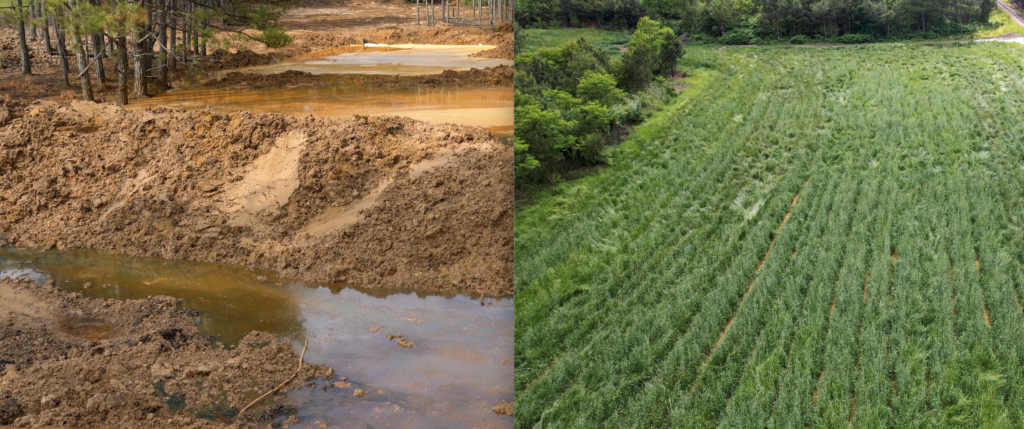
Denali’s pivotal use of biosolids not only facilitated the rejuvenation of the landscape but also presented the prospect of completing Superfund reclamation obligations ahead of schedule and under budget. Glenn Dowling extolled the virtues of biosolids, emphasizing their role in promoting regenerative soils, sequestering carbon, and fostering environmental sustainability. With the success at Copper Basin as a testament, Dowling expressed a keen interest in expanding the application of biosolids to mining sites across the Southeast, envisioning a nationwide impact on water quality and soil restoration.
Looking ahead, Denali seeks to collaborate with state governments receiving funding from legislative initiatives such as the Inflation Reduction Act, aiming to contribute to the reclamation of previously exploited lands and the establishment of public recreational areas.

